MWRA Renewable Energy Program |
|
|
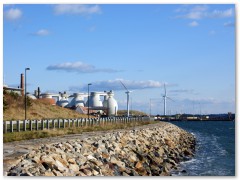
WIND
At the Deer Island Treatment Plant in Winthrop, two 190-foot, 600 kW wind turbines went on-line in November 2009. The wind turbines generate over 2 million kilowatt hours per year and provide an annual savings in electrical costs of $210,000. The $4 million project was funded in part by a $400,000 grant from the Massachusetts Clean Energy Center. Plans are underway for more wind turbines at Deer Island. 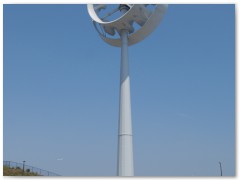 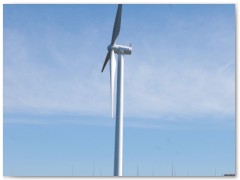
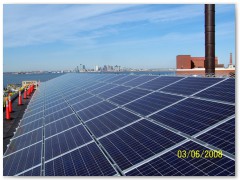
SOLAR
At Deer Island, a 100-kW roof-mounted solar photovoltaic system was installed on the Residual/Odor Control Building at Deer Island in early 2008. All power generated is being utilized on-site and provides an annual savings in electrical costs of $11,000. The $870,000 solar photovoltaic project was funded by a $310,000 CREB loan and a grant of $560,000 from the Division of Energy Resources. 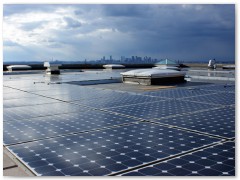 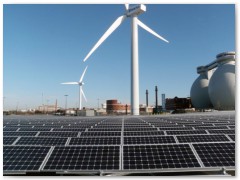 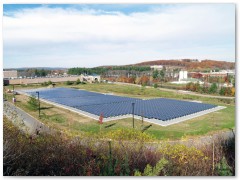
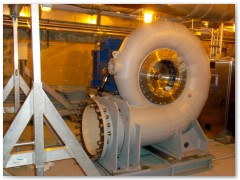
HYDROELECTRIC
In Weston, a new hydroelectric generator was installed in November 2010 at the Loring Road covered storage facility, which will generate 1.2 million kilowatt hours per year. This $1.8 million project was fully funded through ARRA and the Massachusetts Clean Energy Center and will provide an annual savings in electrical costs of $150,000.  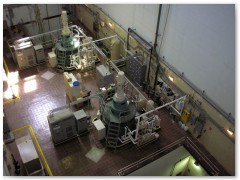
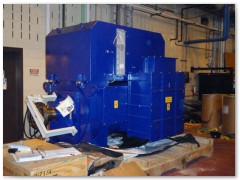
METHANE/STEAM ENGINE
The methane generated from the sludge digestion process is collected and used in Deer Island’s on-site power plant to create steam that supplies hot water and heat for the facility. This results in the avoided cost of $14 million annually for the purchase of diesel fuel. The steam is also run through a steam turbine generator that produces electricity. MWRA is currently upgrading the steam co-generation system to optimize use of the digester gas by installing a back pressure turbine. The modifications are expected to increase renewable energy production by 5.5 million kW hours per year (in addition to the current 28 million kilowatt hours per year already produced) and provide a total annual savings in electrical costs of $2.8 million. 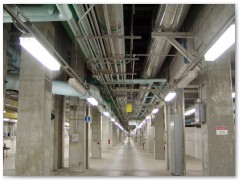
ENERGY EFFICIENCIES
MWRA has embarked on an extensive review of its facilities looking for opportunities to increase energy efficiencies. Lighting improvements have been made at each location, including the installation of motion sensors, and replacement of lamps, ballasts and signage. New variable frequency drives have been installed at a number or pumping stations – both at Deer Island and within the water system – that run motors more efficiently. HVAC system upgrades and heating set-backs have been performed at several locations and chemical mixers at the Carroll Water Treatment plant were turned off to provide savings. |
||
| More info: Renewable Energy at Deer Island | ||
| Updated October 26, 2011 | ||